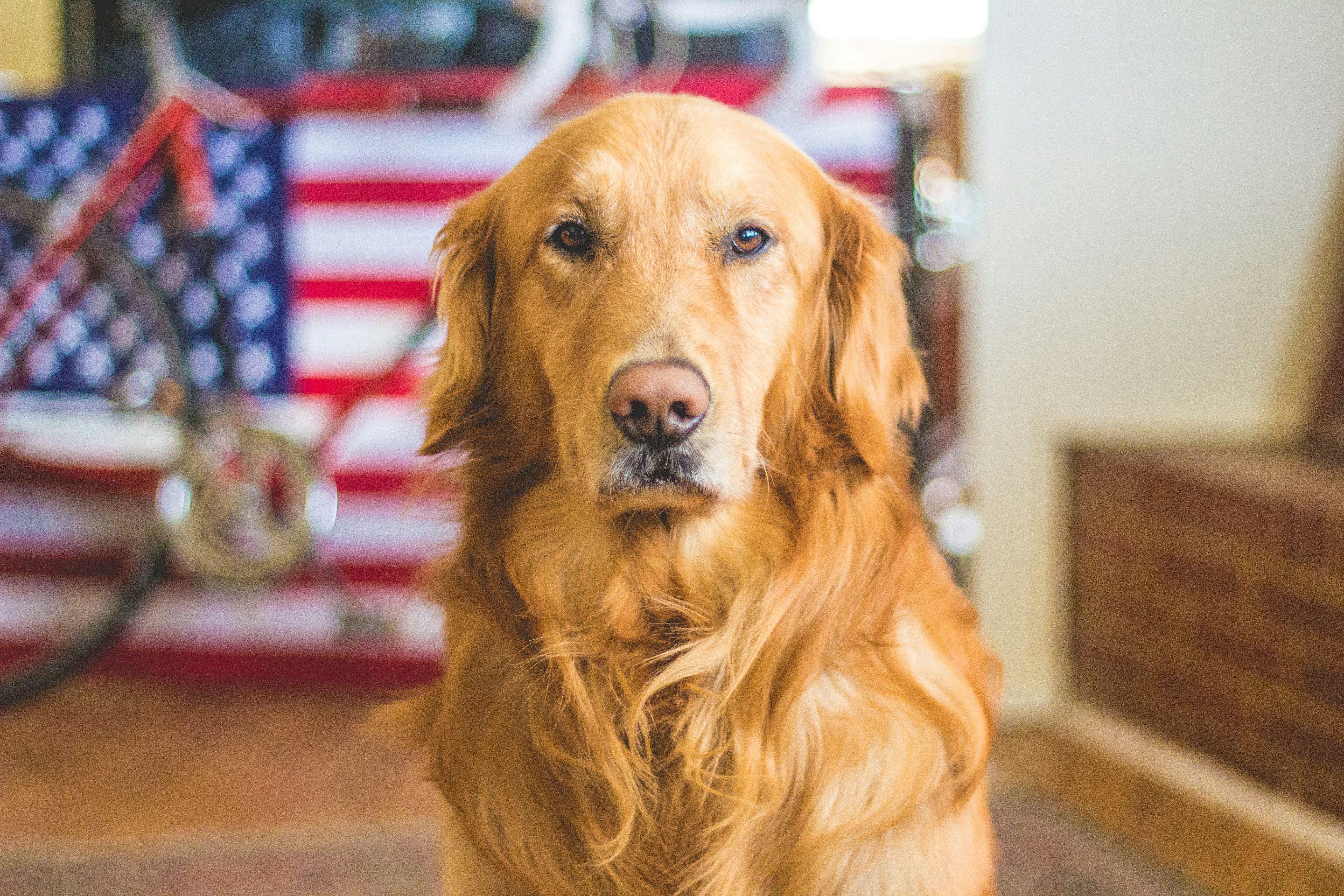The Basics of Border Collie Breeding
Are you a fan of Border Collies and interested in learning more about the basics of border collie breeding ? Look no further! This article will provide you with the basics of Border Collie breeding, giving you a deeper understanding of this fascinating aspect of dog ownership. From the selection of parent dogs to the care of the newborn puppies, we’ll explore everything you need to know about breeding Border Collies, ensuring a healthy and happy outcome for both the dogs and their future owners. So, let’s get started and embark on this exciting journey into the world of Border Collie breeding!
Understanding Border Collie Breed
Border Collies are intelligent and highly energetic dogs that are known for their herding abilities. They have a strong work ethic and an instinctive desire to please their owners. These dogs require mental and physical stimulation to thrive, and they excel in various activities such as agility, obedience, and herding trials.
The History of Border Collie Breeding
The history of Border Collie breeding dates back to the 18th century when shepherds in the border region of England and Scotland began breeding them for their herding prowess. These dogs were selectively bred for their intelligence, agility, and keen herding instincts. Over time, they became renowned for their ability to gather and control livestock with remarkable precision.
Selecting Breeding Stock
Choosing the right breeding stock is essential to maintain and improve the qualities of the Border Collie breed. It involves carefully assessing the physical attributes, temperament, and working abilities of potential breeding dogs. Experienced breeders evaluate factors such as conformation, gait, coat quality, and overall health to ensure the selection of healthy individuals with strong working instincts.
Health and Genetic Testing
Prioritizing the health of the breed is of utmost importance. Before breeding, it is crucial to conduct health screenings and genetic tests to identify any potential hereditary diseases or conditions that may be passed on to the offspring. Common tests for Border Collies include hip and elbow evaluations, eye examinations, and genetic tests for conditions such as Collie Eye Anomaly and Progressive Retinal Atrophy.
Breeding Goals and Purpose
Establishing clear breeding goals is essential to maintain breed standards and improve the breed’s overall characteristics. These goals may vary based on the breeder’s aims, whether it is to produce exceptional working dogs, pursue conformation titles, or enhance certain traits. Effective breeders prioritize temperament, working abilities, and health while simultaneously considering the breed’s physical appearance.
Preparation for Breeding
Before breeding, it is essential to ensure that both the male and female Border Collies are in optimal health. Regular veterinary check-ups, vaccinations, and maintaining a balanced diet are crucial during the preparation phase. Additionally, assessing the female’s reproductive health and tracking her heat cycle to determine the best time for mating is an important aspect of breeding preparation.
Breeding Methods
There are two main breeding methods commonly used in Border Collie breeding: natural breeding and artificial insemination. Natural breeding involves allowing the male and female dogs to mate naturally, while artificial insemination involves the collection and insertion of semen into the female’s reproductive tract. Both methods have their advantages and may be chosen based on various factors, such as geographical constraints or the need to preserve specific bloodlines.
Breeding Cycles and Timing
Understanding the breeding cycles and timing is crucial to increase the chances of successful mating. Female Border Collies typically go through a heat cycle every 6 to 8 months, with each cycle divided into four stages: proestrus, estrus, diestrus, and anestrus. Careful monitoring of the female’s behavior, physical changes, and hormone levels can help determine the optimal time for mating and improve the chances of a successful breeding.
Mating Process and Techniques
When the female is in the receptive stage of her heat cycle, the breeding process begins. Breeders must introduce the male and female in a controlled environment and allow them time to establish a natural breeding behavior. Proper supervision during mating is essential to ensure safety and prevent any potential injuries. It is crucial to observe the progress of the mating process and repeat the mating if necessary to increase the likelihood of fertilization.
Care during Pregnancy
Once the mating process is completed, the breeder’s focus shifts toward the care of the pregnant female. Proper nutrition, regular exercise, and regular veterinary care are crucial during this period. Breeders must also provide a comfortable and stress-free environment for the pregnant dog, ensuring she has a suitable whelping area to prepare for the upcoming delivery.
Whelping and Delivery
As the pregnancy reaches its conclusion, it is essential to prepare for the whelping and delivery process. Breeders need to create a warm and clean whelping area, equipped with necessary supplies such as clean towels, heating pads, and an emergency kit. Observing the signs of labor, assisting the mother if necessary, and providing post-birth care to ensure the health and well-being of the newborn puppies is of paramount importance.
Caring for Border Collie Puppies
Caring for Border Collie puppies requires careful attention and dedication. Breeders must ensure proper nutrition, regular veterinary check-ups, and a clean and stimulating environment to promote healthy growth and development. Early socialization and exposing the puppies to various stimuli are also crucial in shaping their behavior and temperament. Responsible breeders strive to find suitable homes for the puppies and provide ongoing support and guidance to the new owners.
In conclusion, Border Collie breeding requires a comprehensive understanding of the breed, careful selection of breeding stock, emphasis on health and genetic testing, and strategic breeding goals. By following the correct breeding methods, tracking breeding cycles and timing, providing appropriate care during pregnancy, and ensuring the well-being of the puppies, breeders contribute to the ongoing preservation and improvement of this remarkable breed.











